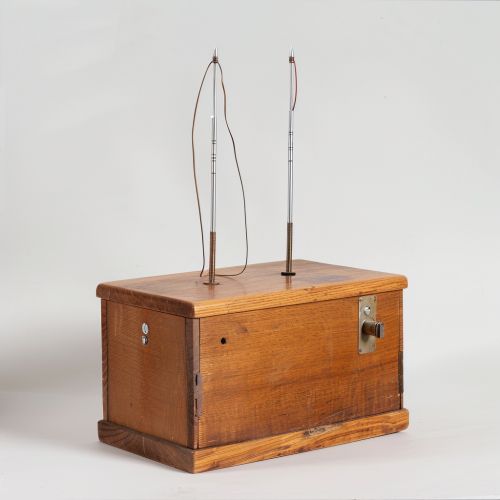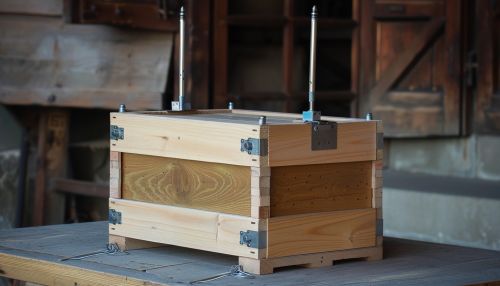Theremin
Introduction
The Theremin is an early electronic musical instrument controlled without physical contact by the thereminist (performer). It is named after its inventor, Léon Theremin, who patented the device in 1928.
History
The invention of the Theremin was a product of Soviet government-sponsored research into proximity sensors. The instrument was invented by a young Russian physicist named Léon Theremin in October 1920 after the outbreak of the Russian Civil War. After a lengthy tour of Europe, during which time he demonstrated his invention to packed houses, Theremin moved to the United States, where he patented his invention in 1928. Subsequently, Theremin granted commercial production rights to RCA.
Design and operation


The Theremin is unique among musical instruments in that it is played without physical contact. The musician stands in front of the instrument and moves his or her hands in the proximity of two metal antennas. The distance from one antenna determines frequency (pitch), and the distance from the other controls amplitude (volume). Higher notes are played by moving the hand closer to the pitch antenna, and louder notes are played by moving the hand away from the volume antenna.
Impact and legacy
The Theremin's influence extends beyond its direct use as a musical instrument. Its technology has been incorporated into numerous devices, it has influenced the development of the synthesizer and other electronic musical instruments, and its eerie, otherworldly sound has become a staple of the science fiction genre.
